Turn Followers into Customers with Smart Social Media Management
We help businesses grow their brand, build trust, and generate leads through consistent, high-quality content across all major platforms.

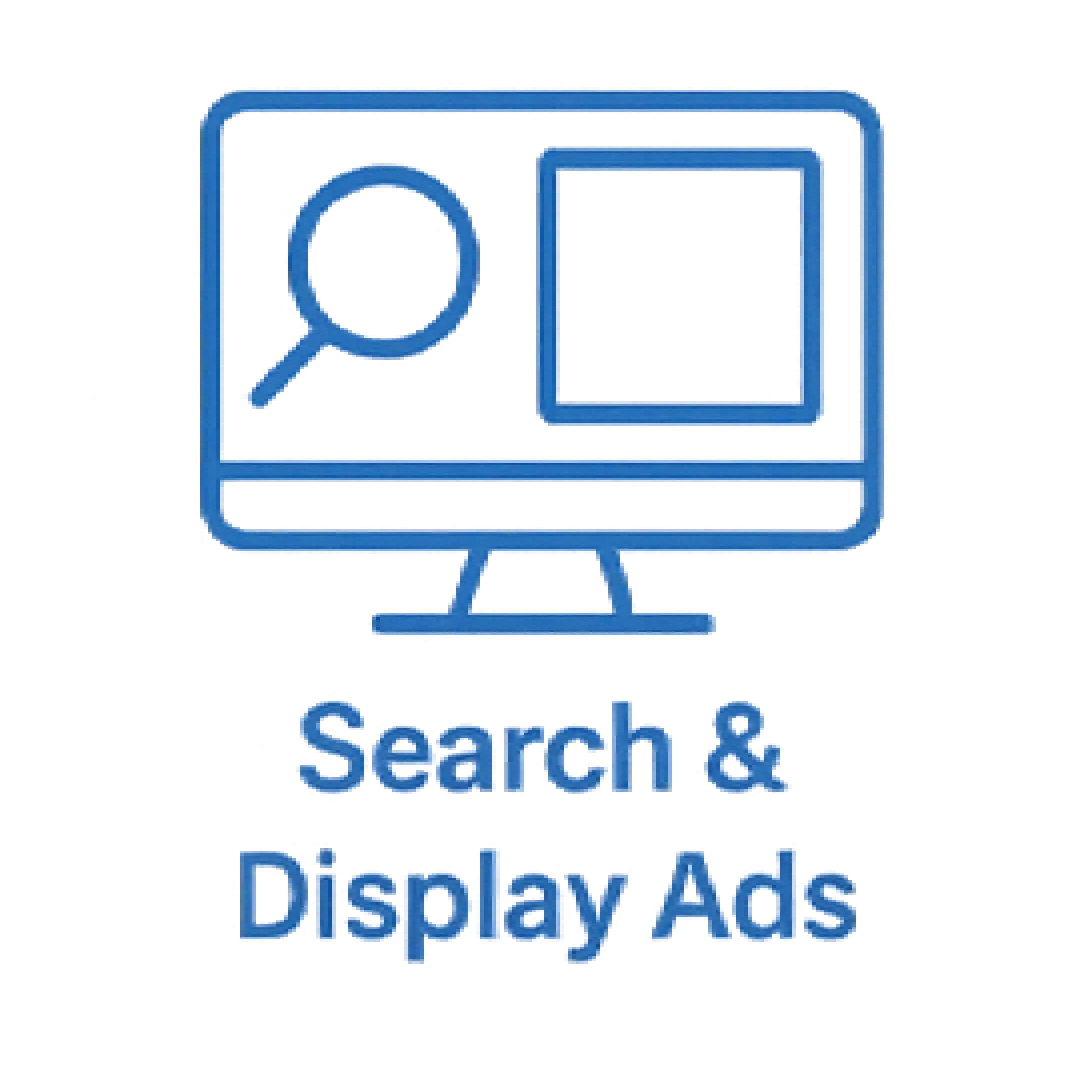
Search & Display Ads
Search & Display Ads are powerful tools for reaching potential customers online. Search ads appear on search engine results pages when users search for specific keywords, driving targeted traffic to your site. Display ads, on the other hand, are visual banners or videos shown across websites, apps, and social media platforms, helping to increase brand awareness and reach a broader audience based on their interests. Together, these ad types boost visibility and drive meaningful results for your business.
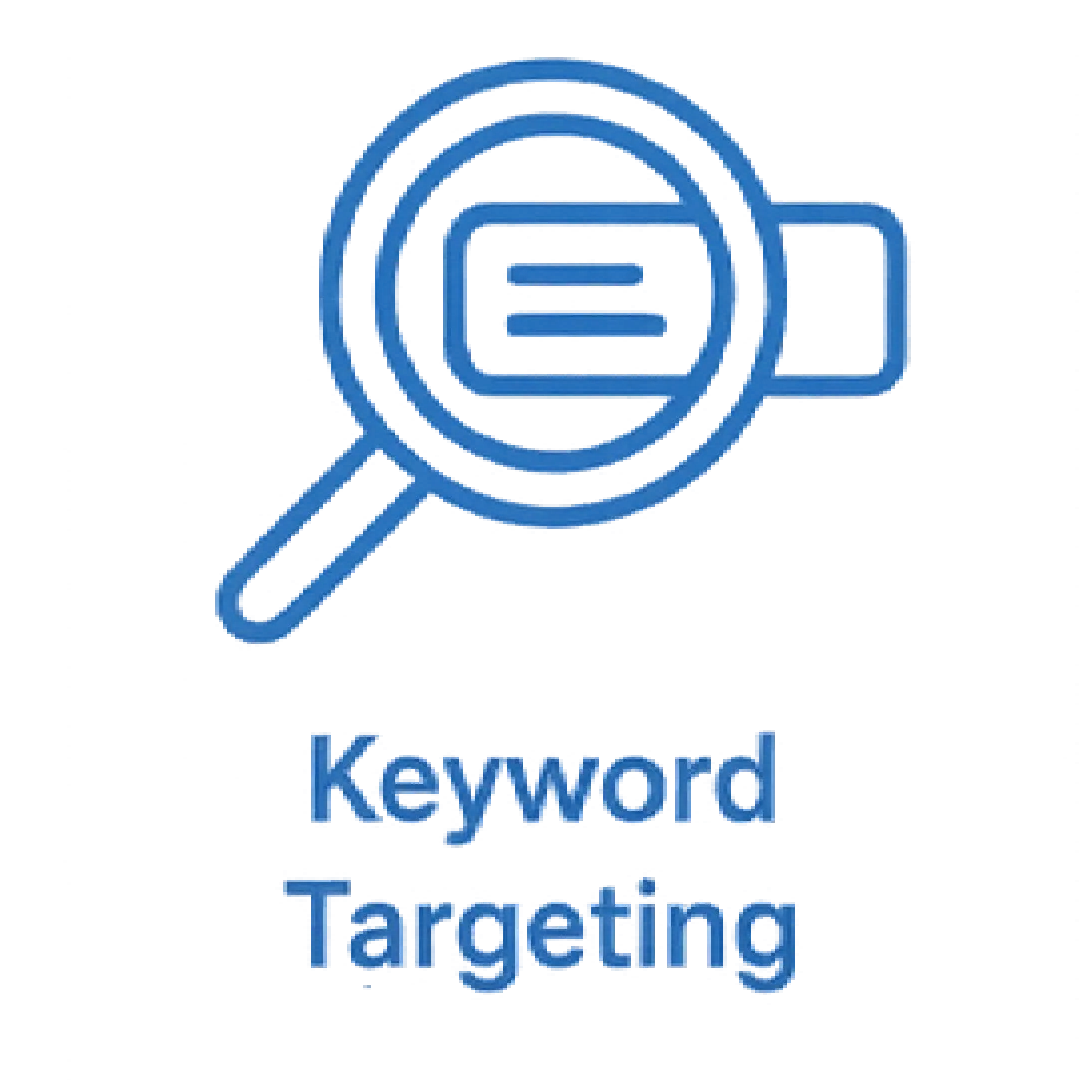
Keyword Targeting
Keyword Targeting is a strategy that involves selecting specific words or phrases that potential customers are likely to search for when looking for your products or services. By targeting these keywords in your ads and content, you can ensure that your business appears in relevant search results, driving more qualified traffic to your website. Effective keyword targeting helps you reach the right audience at the right time, maximising your marketing efforts.
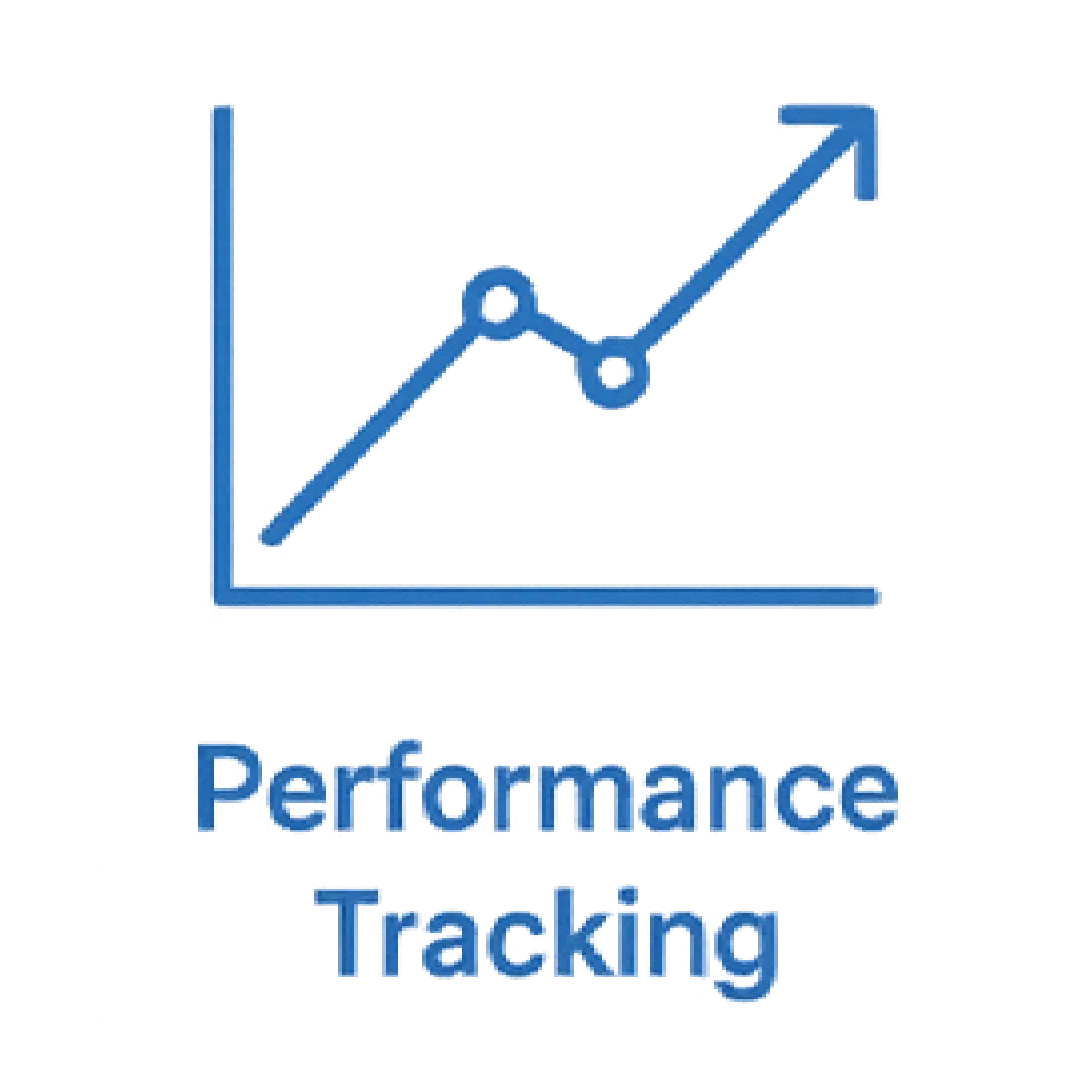
Performance Tracking
Performance Tracking is the process of monitoring and analysing the effectiveness of your marketing campaigns. By measuring key metrics such as click-through rates, conversions, and ROI, you can gain insights into what’s working and what needs improvement. This data-driven approach helps optimise your strategies, ensuring that your marketing efforts are continuously refined to achieve better results and maximize your budget.
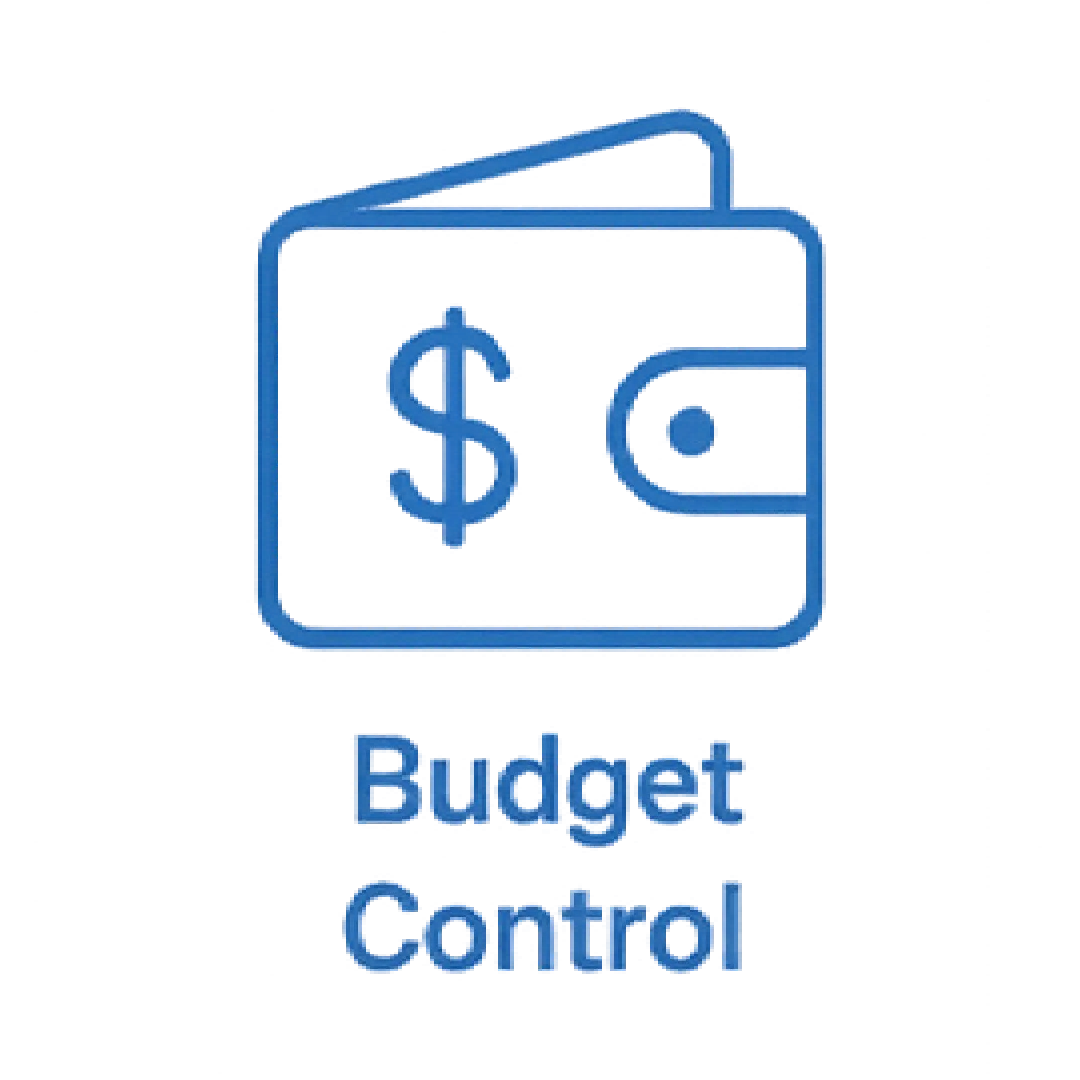
Budget Control
Budget Control involves managing and adjusting your marketing spend to ensure that your campaigns stay within financial limits while maximizing their effectiveness. By setting clear budgets for each campaign and monitoring expenses, you can allocate resources more efficiently, prioritize high-performing strategies, and avoid overspending. This ensures that you get the best possible return on investment while staying within your desired budget.
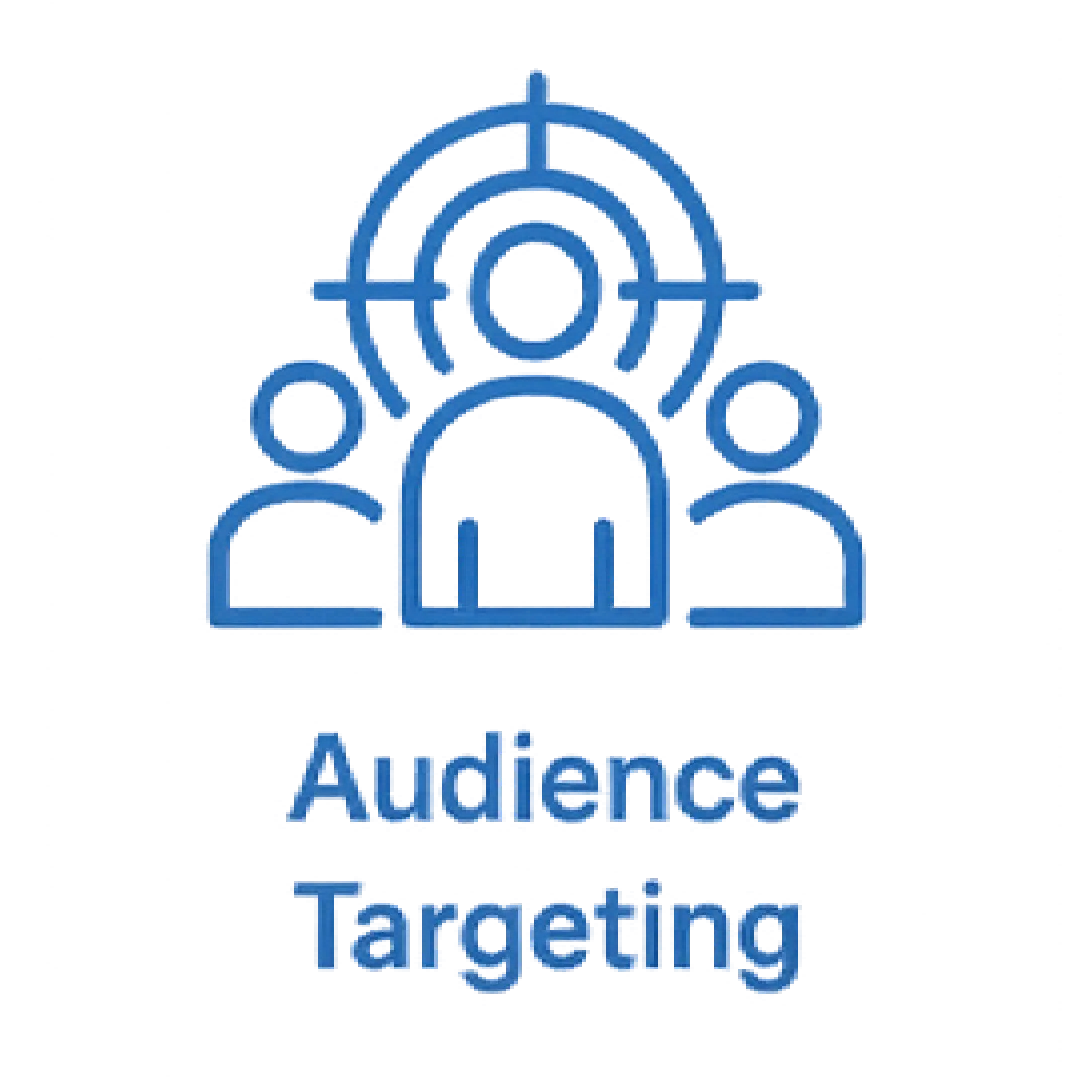
Audience Targeting
Audience Targeting is the practice of reaching specific groups of people who are most likely to be interested in your products or services. By defining characteristics such as demographics, interests, behaviours, and location, you can tailor your marketing efforts to the right audience. This helps ensure that your messages resonate with potential customers, improving engagement, increasing conversions, and maximising the impact of your campaigns.
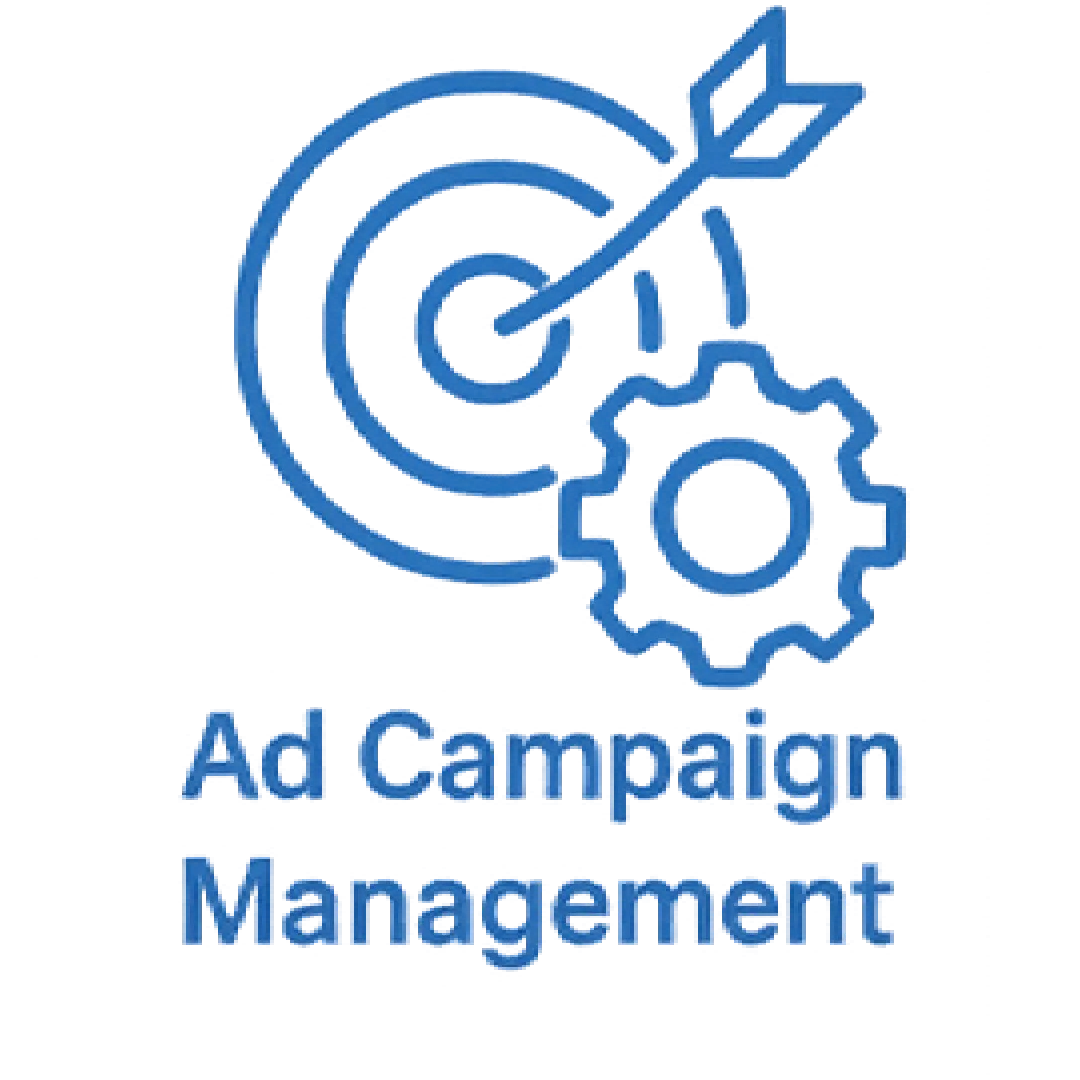
Ad Campaign Management
Ad Campaign Management is the process of planning, executing, and optimising your advertising efforts across various platforms. This involves creating compelling ad creatives, setting targeting parameters, managing budgets, and continuously analysing performance data to refine strategies. Effective campaign management ensures your ads reach the right audience, drive meaningful results, and achieve your marketing objectives within the allocated budget.
Boost your business with Google Ads! Reach your target audience, drive traffic, and increase conversions through highly targeted search and display ads
OUR GOOGLE ADS PROCESS

Step 1: Consultation & Goal Setting:
Meet with you to discuss your business goals, target market, and objectives.
Understand your unique selling propositions (USPs) and value offerings.
Define clear and measurable goals (e.g., lead generation, sales, website traffic).
Set a budget that aligns with your goals and expected ROI.
Discuss key performance indicators (KPIs) to track throughout the campaign.

Step 2: Keyword Research & Strategy:
Conduct in-depth research to identify high-value keywords relevant to your business and industry.
Analyze competitors’ keywords to uncover opportunities and gaps.
Group keywords into relevant ad groups to maintain ad relevance.
Prioritize high-intent keywords that lead to conversions, not just clicks.
Continuously refine the keyword strategy based on campaign performance data.

Step 3: Ad Creation & Optimization:
Develop compelling, action-oriented ad copy that speaks directly to your target audience.
Use strong calls to action (CTAs) that encourage users to take immediate action.
Optimize ad headlines, descriptions, and display URLs to improve ad relevance and quality score.
Incorporate dynamic keyword insertion (DKI) to personalize ads for search queries.
Design visually appealing display ads to grab attention across Google’s Display Network.
Test multiple ad variations to determine the best-performing copy and visuals.

Step 4: Targeting & Audience Segmentation:
Define precise audience segments based on demographics, interests, behaviors, and location.
Use geo-targeting to focus on specific geographic areas where your customers are located.
Implement device targeting (mobile, desktop, tablet) to optimize for user experience.
Utilize remarketing to re-engage users who have previously interacted with your business.
Use audience layers (e.g., in-market, affinity, custom intent) to refine targeting based on user behavior and intent.

Step 5: Launch & Monitoring:
Set up campaigns across various Google Ads platforms (Search, Display, YouTube, etc.).
Ensure all ad tracking and conversion pixels are properly implemented for accurate data collection.
Monitor ad performance daily to detect early signs of underperformance or issues.
Track key metrics like impressions, clicks, click-through rates (CTR), cost-per-click (CPC), and conversions.
Make adjustments to bidding strategies, budgets, and targeting to optimize campaign performance.
A/B test different elements (headlines, images, CTAs) to determine what works best.

Step 6: Reporting & Analysis:
Provide regular performance reports with detailed metrics on campaign progress.
Analyze ROI and cost-per-conversion to evaluate the efficiency of the campaign.
Assess the quality score of ads and keywords to identify opportunities for improvement.
Offer actionable insights based on data, including areas for optimization (e.g., adjusting bids, pausing low-performing keywords).
Conduct a post-campaign review to assess whether the original goals were met and outline strategies for future campaigns.

Innovation
Fresh, creative solutions.

Integrity
Honesty and transparency.

Excellence
Top-notch services.

FOLLOW US
COMPANY
CUSTOMER CARE
LEGAL
© Copyright 2021. Triple A . All rights reserved.